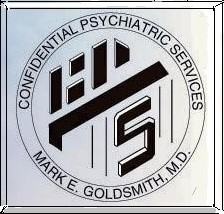Post-Traumatic Stress Disorder
Traumatic events, such as military combat, assault, an accident or a natural disaster, can have long-lasting negative effects. Sometimes our biological responses and instincts, which can be life-saving during a crisis, leave people with ongoing psychological symptoms because they are not integrated into consciousness.
Because the body is busy increasing the heart rate, pumping blood to muscles for movement and preparing the body to fight off infection and bleeding in case of a wound, all bodily resources and energy get focused on physically getting out of harm’s way. This resulting damage to the brain’s response system is called posttraumatic stress response or disorder, also known as PTSD.
PTSD affects 3.5% of the U.S. adult population—about 7.7 million Americans—but women are more likely to develop the condition than men. About 37% of those cases are classified as severe. While PTSD can occur at any age, the average age of onset is in a person’s early 20s.
Symptoms
The symptoms of PTSD fall into the following categories.
- Intrusive Memories, which can include flashbacks of reliving the moment of trauma, bad dreams and scary thoughts.
- Avoidance, which can include staying away from certain places or objects that are reminders of the traumatic event. A person may also feel numb, guilty, worried or depressed or having trouble remembering the traumatic event.
- Dissociation, which can include out-of-body experiences or feeling that the world is “not real” (derealization).
- Hypervigilance, which can include being startled very easily, feeling tense, trouble sleeping or outbursts of anger.
To learn more about PTSD and it’s treatments, visit NAMI.org.

